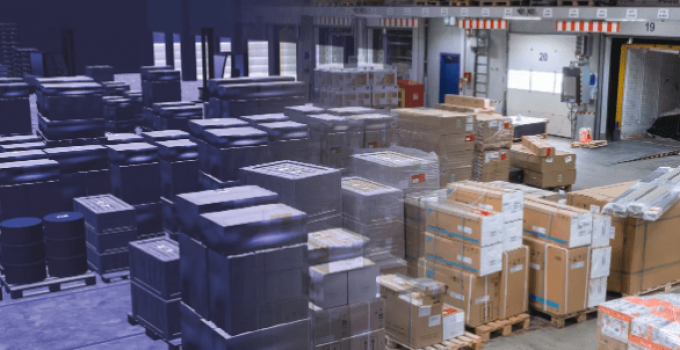DVZ radar: Dachser CEO's plans – digitisation, acquisitions and positioning
…and how the forwarder can avoid the tariff traps

PRESS RELEASE
Successful test operations at two locations: AI-based algorithms fully automatically identify, locate, and measure all packages in the transit terminal. This first step eliminates the need to manually scan and label packages and speeds up departure times. Going forward, it is hoped that AI will ...CMA CGM South Korean staff strike over bonuses after bumper 2024 profit
MSC switches two more Asia-Europe port calls from congested Antwerp
CMA airline returns two freighters, while ANA takeover of NCA looms
Nightmare for Bangladeshi exporters as congestion and tariffs bite
Tradelanes: Export boom in Indian sub-continent triggers rise in airfreight rates
Carriers introduce surcharges as congestion builds at African ports
Ports and supply chain operators weigh in on funding for CPB
Front-loading frenzy has made traditional H2 peak season 'unlikely'

Comment on this article